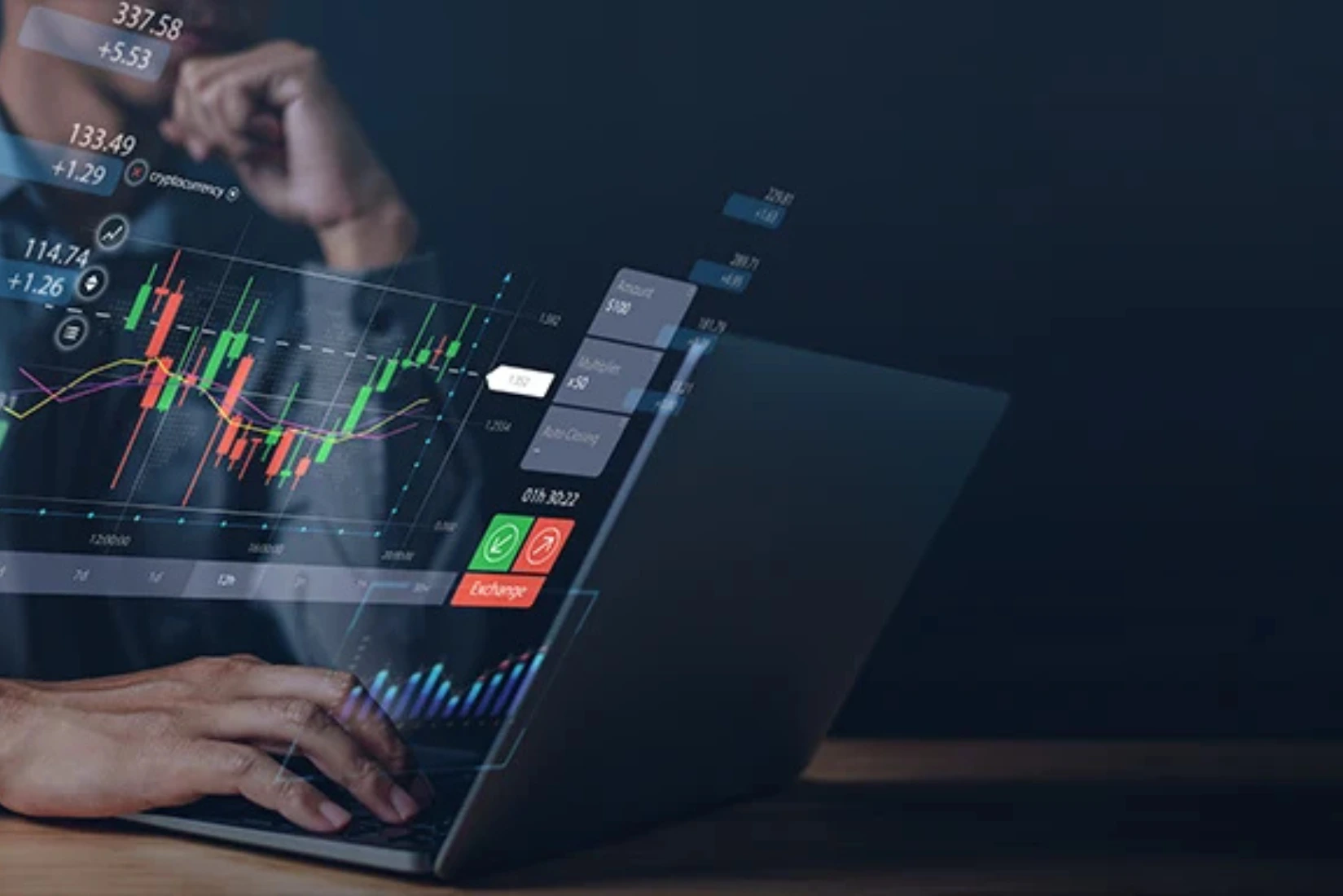Forex vs Crypto Markets: A Technical Analysis
Market Structure Fundamentals
The Forex vs Crypto markets represent two distinct paradigms in financial trading. While both facilitate speculative trading of currency pairs, their underlying architectures differ substantially in terms of market formation, price discovery mechanisms, and participant behavior.
Forex vs Crypto : Forex Market Characteristics
- Instrument Type: Fiat currency pairs (e.g., EUR/USD, GBP/JPY)
- Market Type: Decentralized interbank network with regulated brokers
- Trading Hours: 24-hour continuous trading (Sunday 5 PM ET to Friday 5 PM ET)
- Average Daily Volume: $6.6 trillion (BIS 2022 Triennial Survey)
- Primary Participants: Central banks, institutional funds, multinational corporations


Forex vs Crypto : Cryptocurrency Market Characteristics
- Instrument Type: Digital asset pairs (e.g., BTC/USD, ETH/USDT)
- Market Type: Exchange-based with varying degrees of decentralization
- Trading Hours: 24/7/365 operation
- Average Daily Volume: $50-100 billion (aggregate spot markets)
- Primary Participants: Retail traders, algorithmic funds, crypto-native institutions


Liquidity Analysis in Forex vs Crypto
Forex vs Crypto : Forex Liquidity Profile
- Depth: The forex market exhibits exceptional depth, particularly in major currency pairs where top-of-book spreads typically range 0.1-1 pip during liquid sessions.
- Market Impact: Large institutional orders (up to $50M in majors) can be executed with minimal slippage due to the fragmented liquidity pool across prime brokers.
- Sessional Patterns: Liquidity follows global banking hours with peak depth during London-New York overlap (8 AM – 12 PM ET).
Forex vs Crypto : Cryptocurrency Liquidity Profile
- Depth: Concentrated in BTC and ETH markets, with other altcoins showing significantly thinner order books. Spreads range from 0.01% on majors to >1% on small-cap assets.
- Market Impact: Execution of $1M+ orders in non-BTC pairs frequently results in measurable price impact (0.5-3% slippage).
- Stability: Liquidity provision remains inconsistent, with frequent withdrawal of market maker support during volatility events.
Volatility Metrics
| Metric | Forex (Major Pairs) | Cryptocurrency (BTC/USD) |
|---|---|---|
| Annualized Volatility | 6-12% | 70-120% |
| Average Daily Range | 0.5-1.2% | 3-8% |
| Kurtosis | ~3 (Normal) | >10 (Fat-tailed) |
| Autocorrelation | Weakly Positive | Strongly Negative |
Key Observations:
- Cryptocurrency markets exhibit volatility clustering with persistent ARCH effects
- Forex volatility shows clearer mean-reverting tendencies
- Crypto price jumps demonstrate power law distributions (Pareto tails)
Execution Dynamics
Forex Execution
- Order Types: Limit, market, stop orders with guaranteed fills during normal conditions
- Latency: Sub-10ms execution common on institutional platforms
- Slippage: Typically <0.5 pips in majors during RTH
- Liquidation: Orderly due to continuous liquidity provision
Cryptocurrency Execution
- Order Types: Similar basics but with additional complexity (TWAP, VWAP, icebergs)
- Latency: Highly variable (1-500ms) depending on exchange infrastructure
- Slippage: Can exceed 5% during liquidation cascades
- Liquidation: Prone to flash crashes due to thin order books


Risk Management Considerations
Forex Risk Factors
- Gap risk (weekend openings)
- Central bank intervention
- Liquidity evaporation during crises (e.g., CHF unpeg 2015)
Cryptocurrency Risk Factors
- Exchange solvency risk
- Blockchain congestion (gas fee spikes)
- Regulatory uncertainty
- Market manipulation (wash trading, spoofing prevalence)
Conclusion: Strategic Implications
For systematic traders:
- Forex offers superior liquidity for high-frequency and statistical arbitrage strategies
- Cryptocurrencies provide unique volatility harvesting opportunities but require robust circuit breakers
For discretionary traders:
- Forex trading benefits from established technical patterns and macroeconomic catalysts
- Cryptocurrency trading demands adaptive approaches to handle non-normal distributions
The optimal market selection depends on one’s edge: forex rewards macroeconomic analysis and execution precision, while cryptocurrency trading favors volatility management and anomaly detection capabilities. Institutional adoption continues to evolve both markets, but their fundamental structural differences remain persistent.
Relevant Link : Forex vs Crypto Trading: A Beginner’s Guide to Choosing Your Market




